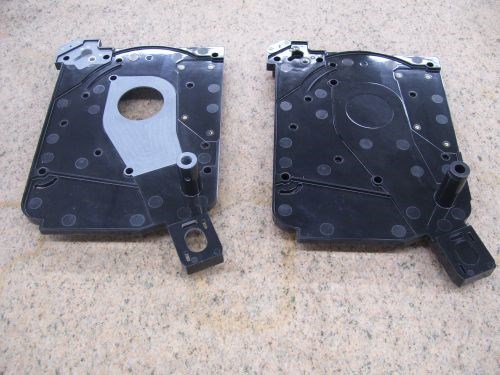Leveraging Integrated Toolmaking, Molding Capabilities
Machining plastic parts after they come out of the press helps attract new business for both the toolmaking and molding divisions of this integrated company.

This medical-industry component, shown here both before and after secondary machining, is one of the first jobs that prompted the shop to dedicate equipment solely to cutting plastics.
During my time in the field, I’ve noticed an increasing number of companies integrating toolmaking and molding services under the same umbrella. Concerns about stealing customers often make this a delicate topic. However, as long as relationships are managed carefully, the two sides of the business can work off each other to attract new customers to the fold.
Consider the case of Built-Rite Tool & Die and Reliance Engineering, the moldmaking and molding divisions, respectively, of an integrated company in Lancaster, Massachusetts. As described in this article, Reliance sends plastic parts to Built-Rite’s separate facility for machining after they come out of the mold. As a result, the company can not only achieve tolerances that exceed the capabilities of an injection press, but also mold parts with simpler, less-expensive tooling. Meanwhile, Built-Rite can offer plastic-machining services to other custom molders seeking the same advantages. Learn more here.





.jpg;maxWidth=300;quality=90)







